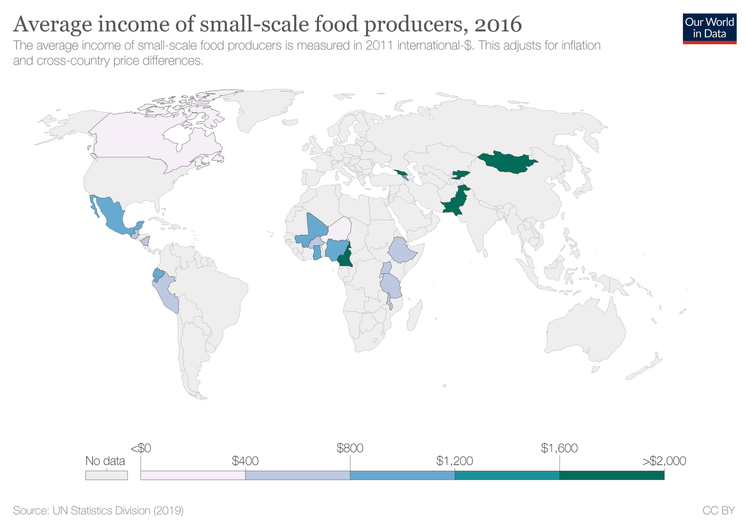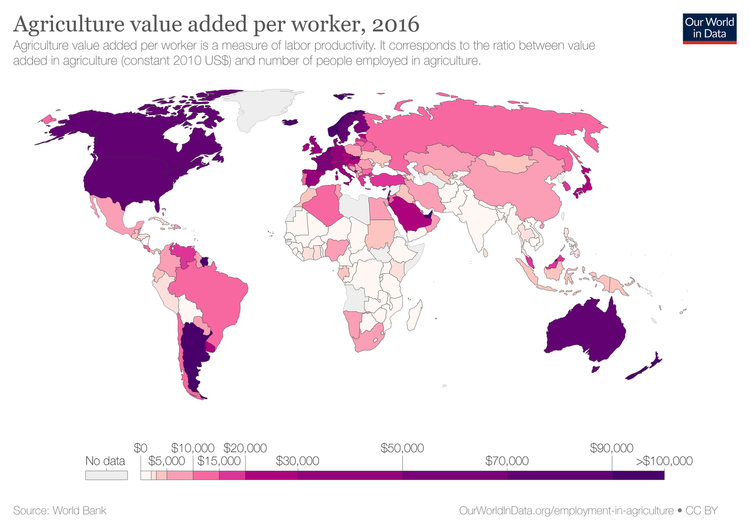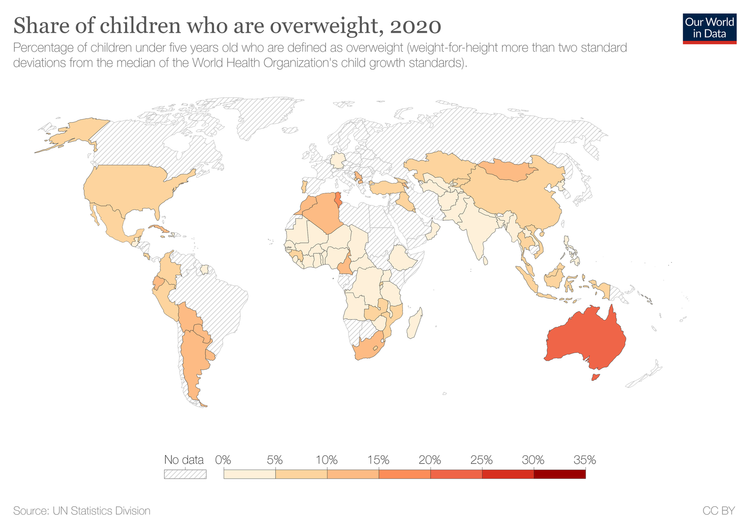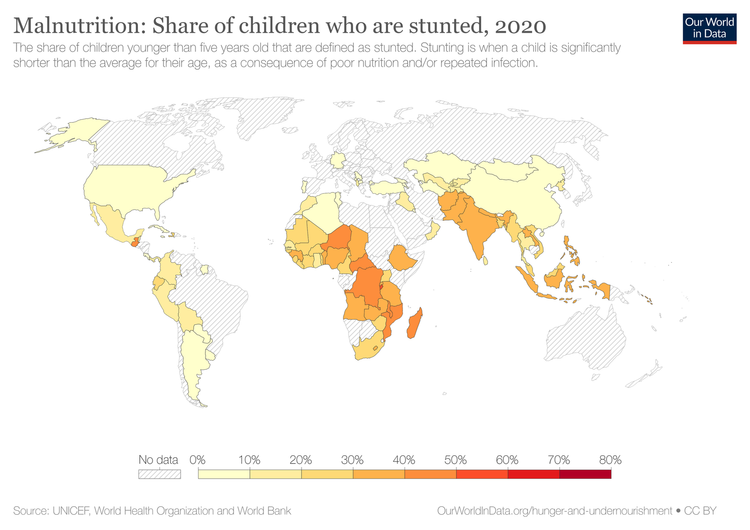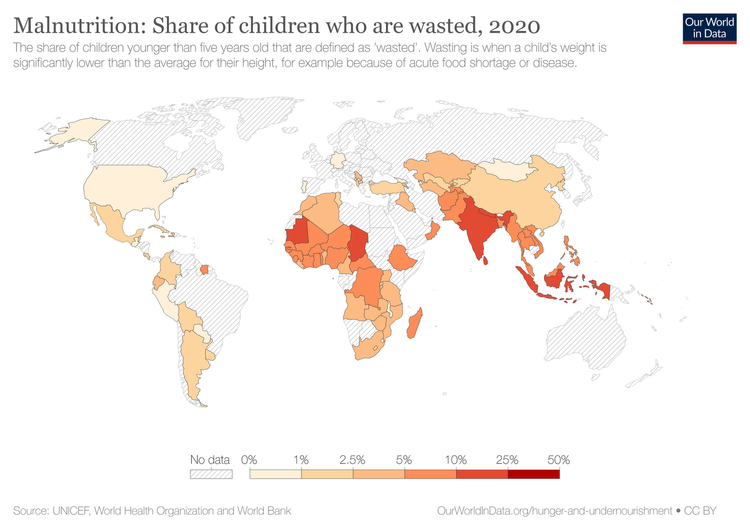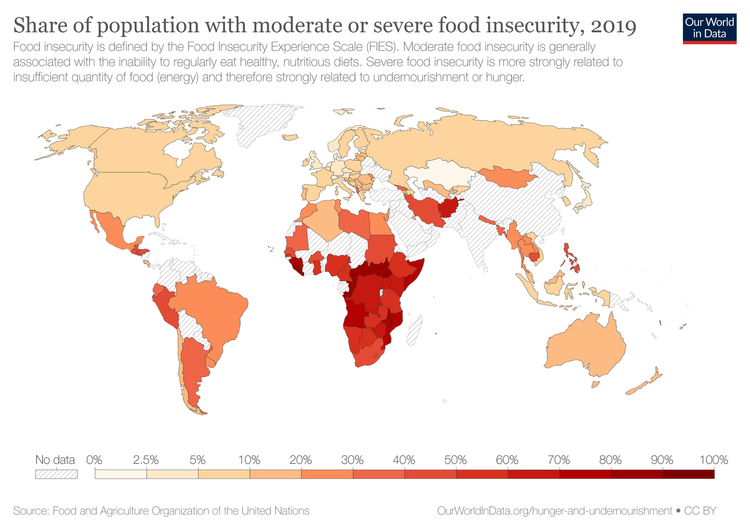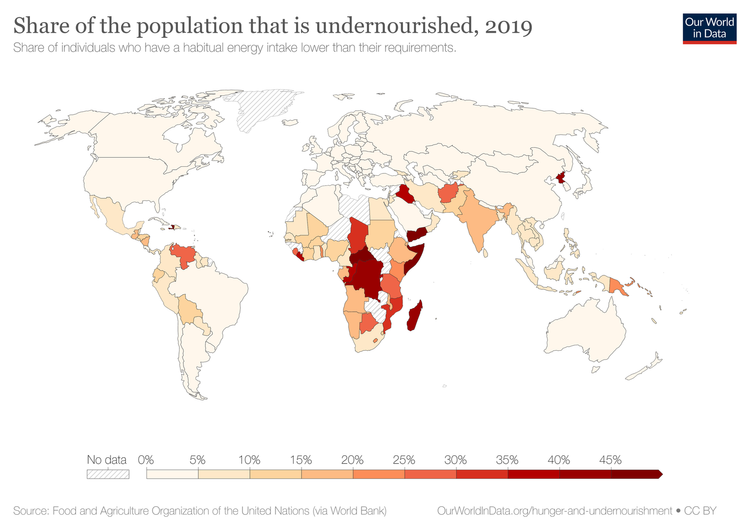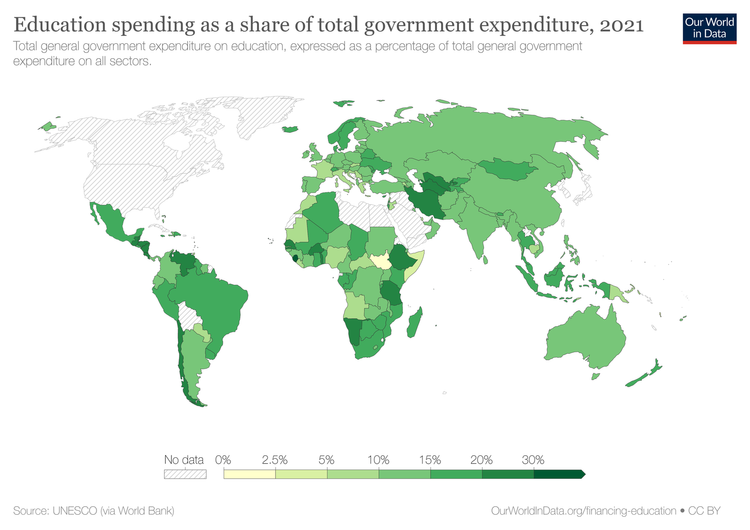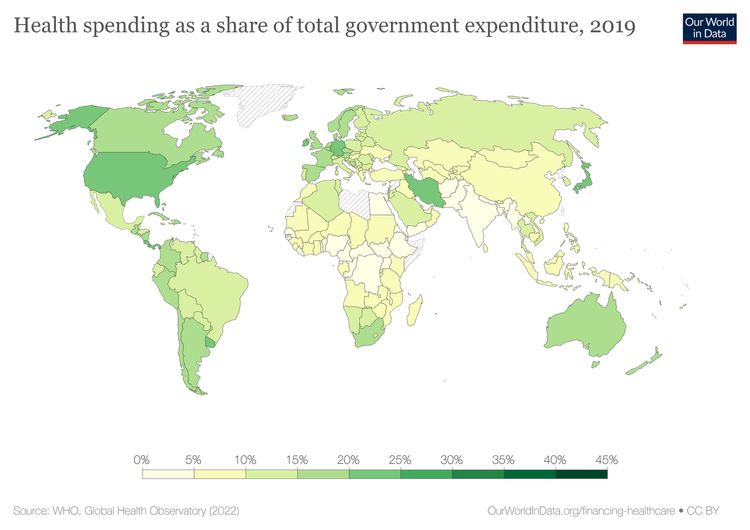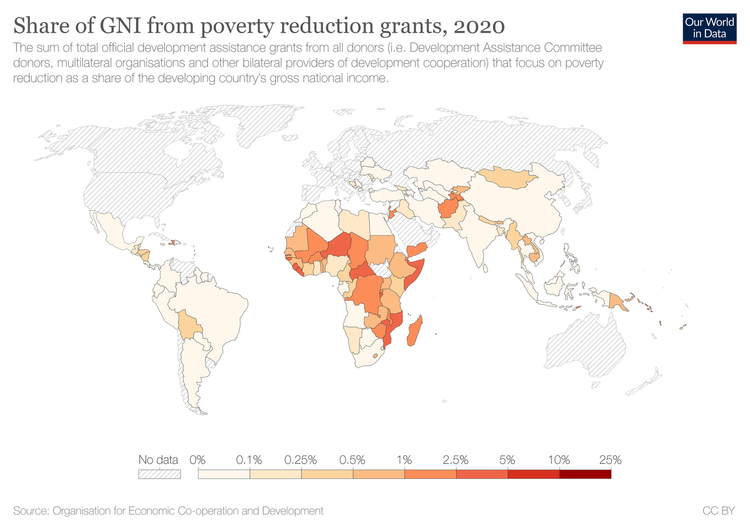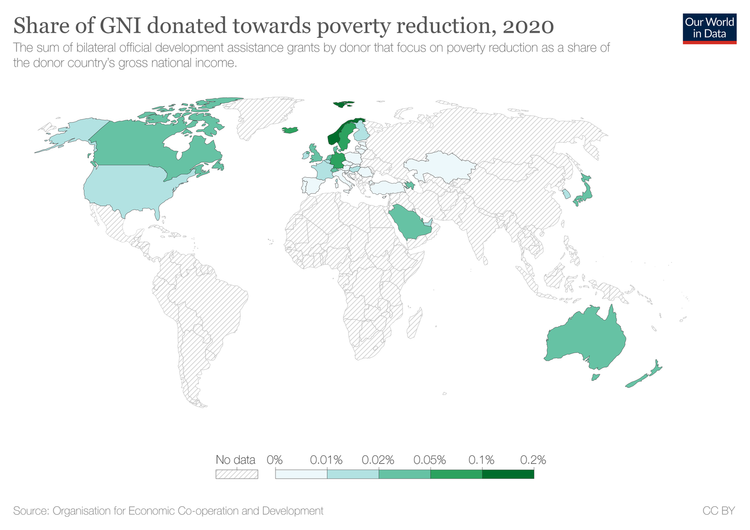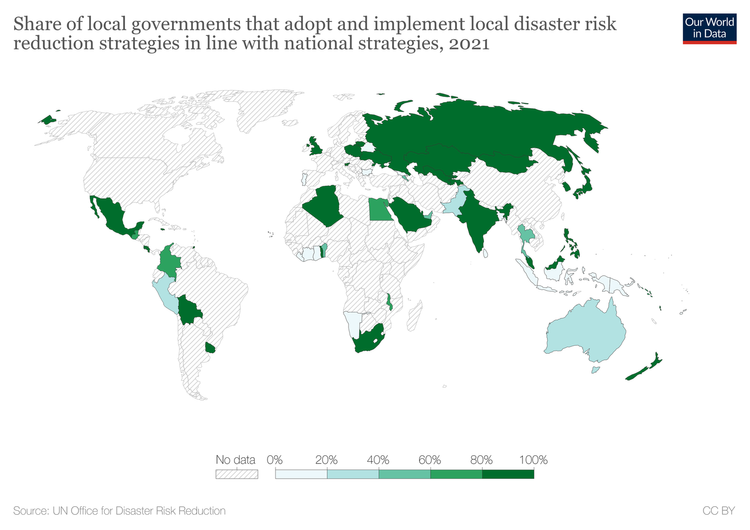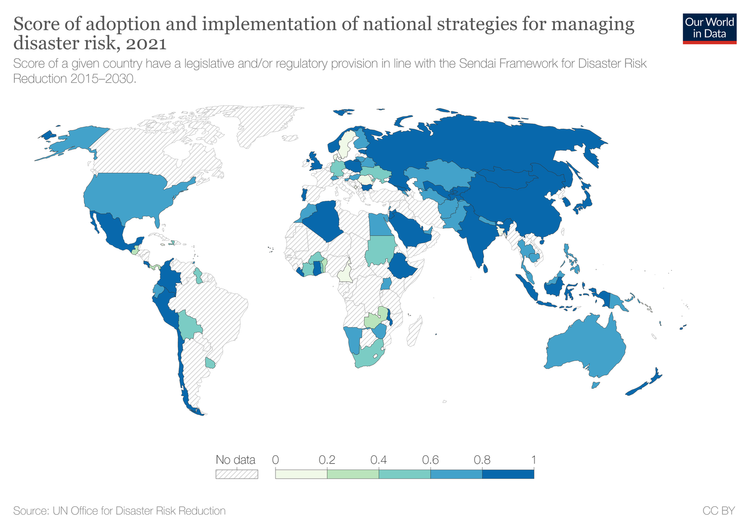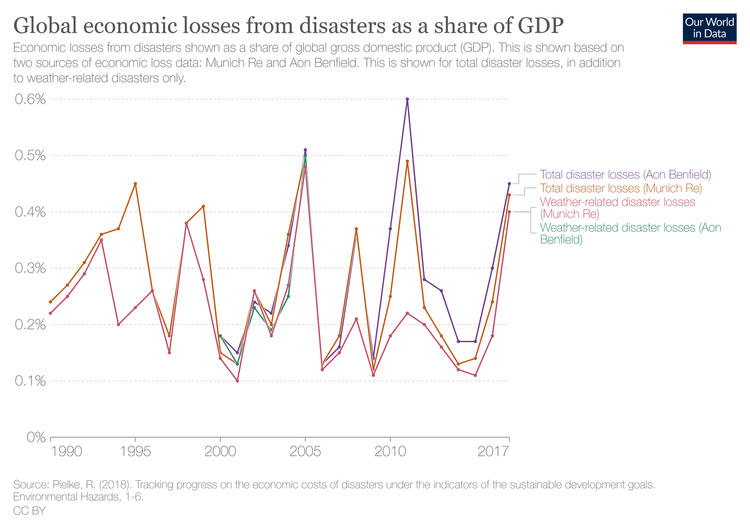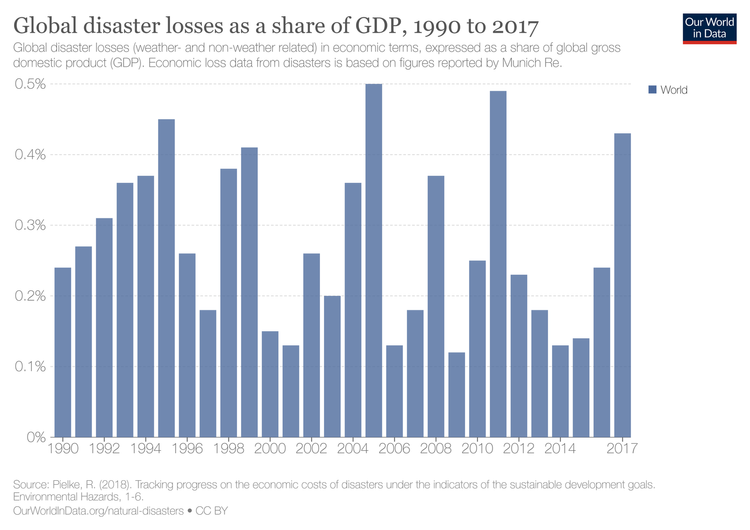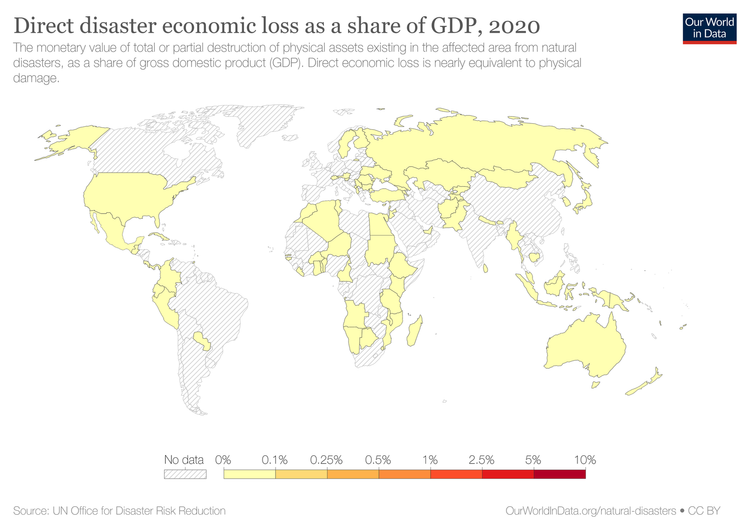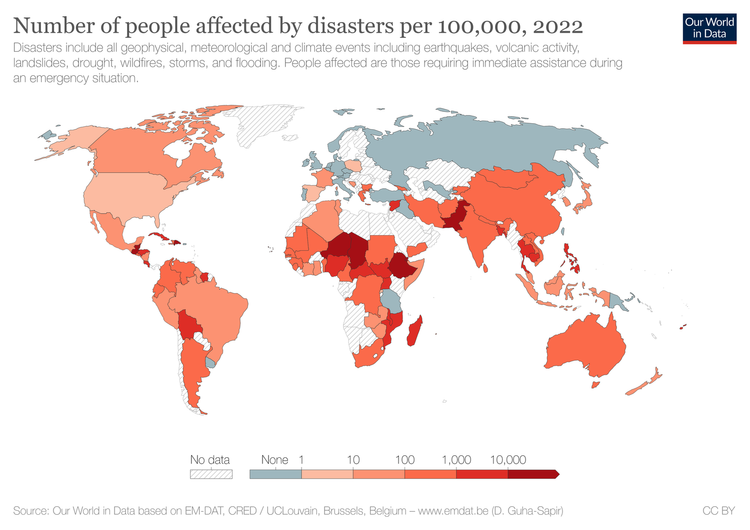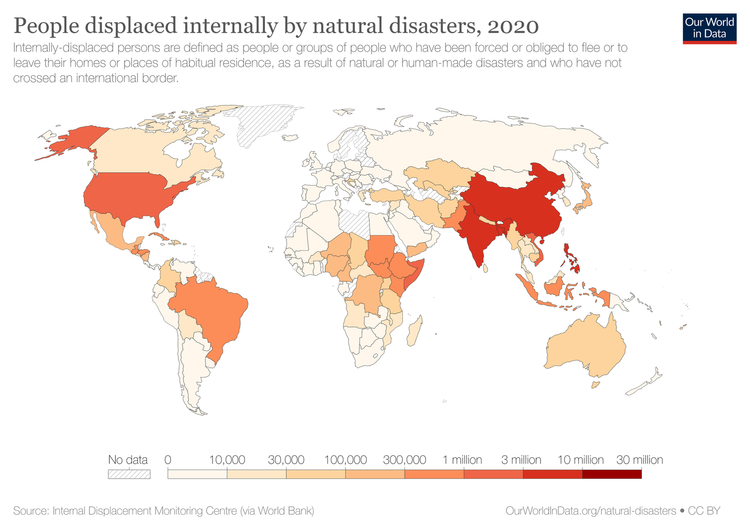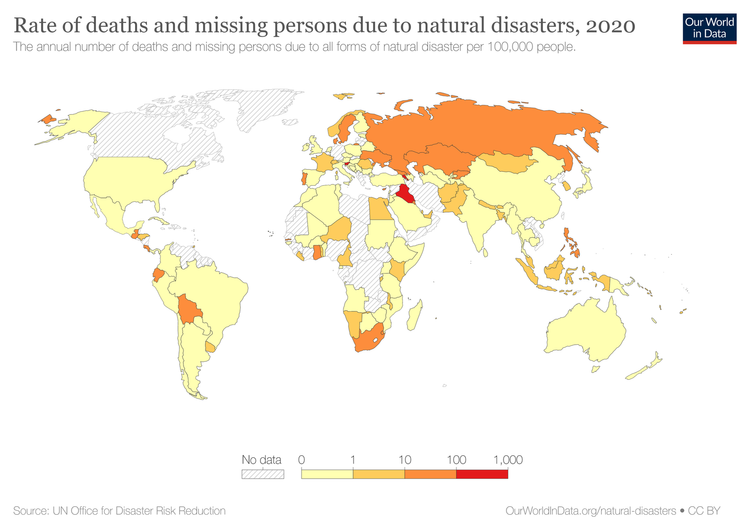In this episode, we’re joined by Annie Woollard of Footprints on the Globe.
Annie’s work, though interlinked with all the Goals, hews most closely with Goal #4 – Quality Education, specifically target 4.7:
By 2030, ensure that all learners acquire the knowledge and skills needed to promote sustainable development, including, among others, through education for sustainable development and sustainable lifestyles, human rights, gender equality, promotion of a culture of peace and non-violence, global citizenship and appreciation of cultural diversity and of culture’s contribution to sustainable development
Footprints on the Globe, collaborates with schools, educators, and corporations to inspire all to educate, explore and act for global change.
Via professional development, Footprints on the Globe ensures global education is at the forefront of schools around the globe, and in its advisory capacity, designs and creates innovative educational resources.
Footprints on the Globe is a specialist educational consultancy with a focus on embedding global education into the classroom and schools.
Transcript
Dominic Billings: Thank you very much for joining us, Annie. Just want to say first off, I'm really inspired in researching Footprints on the Globe. In some ways, it can feel like with the SDGs, that only a very small part of the population is familiar with them, which can be discouraging at times, because it seems like they're important. But I was very inspired by looking through your website, and everything you've done, because you have really advocated for it so broadly through your educational efforts. But you've also brought together lots of resources I didn't even know existed from the UN and all the other organisations you've been collaborating with to also advocate for the SDGs. I was curious what led you to start Footprints on the Globe in the first place, Annie?
Annie Woollard: Thanks for having me, Dom, looking forward to our chat. So, my background in a snapshot, is a primary school educator, and I've been in and out of the classroom over the years, and depending on whether family, we're up to with young children, and consulted and wrote resources, then went back into the classroom six years ago, and discovered the Global Goals, was probably three or three years ago for counting now. And then my whole lens of teaching just transformed. I was right into gifted and talented education and then I met the Global Goals and I just thought "This is where I’m meant to be."
And from that day on my classroom became the 'global classroom', and everything we did had a focus on the Global Goals, and they are up in the classroom, and children were really involved, and these were upper school primary children, so 11 and 12 year old’s. And, much as I love my own little group, and my own little class, and the journey that to go on with the class for the year, I still thought "I can do more".
So, I took the big leap of faith and resigned. Some say, it might have been a bit mad, but anyway, you got to have a challenge, and resigned and started and launched Footprints on the Globe, with the main aim of spreading the word about the Global Goals, or the SDGs, whichever one you want to call them. And then, in the early stages of the journey, I applied and was accepted to become a Teach Sustainable Development Goals Ambassador.
And I just thought, right, this is it. This is the launch pad. And off I went, and so the business revolves around writing content that is through the SDG lens, or presenting to schools and businesses as to how they can embed or incorporate the Global Goals into their daily lives and how easy it is, and it's not an added thing. So that's it there in a very short snapshot.
Dominic Billings: Do you remember what it was specifically about the SDGs that acted as a catalyst for you at the time to spur you into being so inspired to take that journey you went on?
Annie Woollard: Yeah, I was at a professional development day. And it was a corporate one. And the guy who was running it said, "Does anyone know about the Global Goals?" So, this was 2016, so four years ago.
And I'd never heard of them, and only about a handful of people put their hands up. And he said, "Well, you've got to get on to those."
So, I went home, and I just searched them and just fell in love with them. Because I think the beautiful thing about goals is, they're something that we are all aiming for, and they're full of positivity and hope, because especially now in this scenario, we're all hoping for a better world. And I just strongly believe they are a true global curriculum. Doesn't matter which country, which state, where you are in the world - they are something that we can all follow. And they inspire you to act. And I think that's the trigger point too, that rather than just going "Oh yes, that's someone else's problem over there.", it's inspiring people, no matter what age or where you work, not just for schools to take action, and just every little step works towards achieving the Goals.
Dominic Billings: Is it fair to say that Footprints on the Globe came from that sentiment of little steps?
Annie Woollard: Yes, I came across that and I love walking on the beach, and that's sort of my thinking time, and I just thought "That's it". You know, it's little steps, it's not thinking that everything's so huge, because some of the Goals are enormous, and I do get that a lot. That people will say to me "How can a ten-year-old child work towards world poverty - Global Goal #1 - No poverty. And I think it must be that there has to be little steps, little steps, and if we all took little steps together, then it starts making action and making change. And that is the crucial thing, that there is a goal there for everybody. They are just such a beautiful collection of goals: 17 goals and 169 targets.
And there's something there for everyone, no matter what you're interested in. If you're interested in oceans and life below water, that's Global Goal #15. If you're interested in education, that's Global Goal #4, and there's something there for everyone. And to be inspired to follow them and act.
Dominic Billings: I'm curious, quite recently, I felt a little bit overwhelmed, just generally as it relates to both the SDGs and just in life in general, that I'm not great at breaking down goals into smaller steps. And as you mentioned, those 17 goals are broken down to 169 targets. Would you have said that was a principle that you carried through life up to that point, about breaking down huge tasks into something more manageable from your education background?
Annie Woollard: Probably didn't think of it as straightforward as that. But that probably is the way that I would operate and break things down when things seem too overwhelming to try and break them up into smaller bits. So, I like that correlation. I might use that one a bit more.
I'm from Melbourne, and in Melbourne, there are families struggling below the poverty line. So, we don't just say Global Goal #1 - No poverty, happening in Africa, in countries on the other side of the world. It's happening right on our back door. And to be aware of that, and to know that you can do little things, like donate to a food bank or donate to a charity or just be aware. Being aware is a crucial thing as well. And we are trying to create global citizens and our children of the future, whether they're 5, 15, or university students, are going to be the citizens of the world. And a true global citizen makes sure that they are treating everybody with respect, and they follow a belief that people can bring change.
Dominic Billings: I'm curious, I know you've been mentioning the importance of global citizenry, but also in the same breath, mentioning being from Melbourne, which I find to be an interesting city, in that it can be quite parochial, but at the same time, very outward-looking. In the sense where it's the home of Lonely Planet, for instance, but at the same time, it's also a place which can be as inward-looking inward as outward-looking. Do you know what it was, that led you to take that global mindset, in contrast to a more "charity begins at home" mindset?
Annie Woollard: I do strongly believe that charity begins at home, but I also started connecting with global educators. And I was teaching in a private school in Melbourne, and that was the epicentre of my world. And you step out of there, and you say, "Well, that's just a large school, but a school in a suburb of Melbourne, in a city in Australia", and you sort of do that zooming out thing, and then connecting with global projects, with other educators around the world, who are all working towards the Global Goals. And I thought, every single teacher teaching their schools thinks that that is their little world, and to branch out further, and to show your children that you're teaching that you can branch out further and connect with classes across the globe is a wonderful thing as well.
Dominic Billings: How have you felt that educators have found incorporating the SDGs into their teaching and into their curriculum?
Annie Woollard: Well, now, educators are just trying to keep their heads above water with the trauma of remote learning, and things go smoothly, and then they don't go smoothly. I do find the curriculum, no matter which country you're in, is so full, and there's always lots of things added into it and not many things taken out. So that is one of the concerns that I get asked: How can I put another thing in? They don't have time. They don't have the space in the curriculum to put another so-called subject in but the beautiful thing about the Global Goals is that they just integrate beautifully. They're not an add-on. They're just something that sort of sits like a filter across the top of every lesson that you do.
So, for example, I always ask that every teacher that gets involved with the Global Goals has them on display in their room so they're very, very visible. They're very, very, there in children's eye level so they can see them. And then anything that you did, if it was a literacy activity, you connect it to one of the Goals. What was the focus? What were you writing about? What we are reading about? Which Goal could this connect to? And it's amazing once you start that, you just sort of see connections everywhere, even mathematical subjects can fit into data and graphing and geography and all sorts of things. So, you just have to find the true connection there.
Dominic Billings: I noticed from looking at your website, Annie, Footprints on the Globe seems to have somewhat of a mantra of "Think, feel, act". Where did that emanate from?
Annie Woollard: I think a lot of companies have the 'inspire', 'educate' - big words, and I wanted to try and make it simple, and to have three steps.
We 'think', so you gain an understanding of global issue. And this is also for businesses as well, not just for children. But we simplified that we 'think', and then we 'feel', which means value diversity and learn empathy and compassion.
And then once you learn empathy and cultural diversity, then you're encouraged to take 'action', which is the act path, and you're encouraged to invent, innovate, and campaign for change.
So, it's like a three-step thing. It's not isolated - you learn, then you 'feel' something about what's going on in the world, whether it's endangered animals, whether it's girls not being able to go to school, whether it's ocean conservation, whether it's sustainable cities, you 'feel' something, you 'feel' some sort of connection and then show how you're going to slightly help this in some shape or form.
Dominic Billings: Would you say that action in the past has come naturally to you? Somebody once said to me that empathy is different from compassion and that empathy occurs inside, but compassion is acting on empathy. Would you have said you've always been able to act on your beliefs, Annie?
Annie Woollard: I hope that I have been able to. I mean, I suppose we try to walk the talk or and show that we are doing everything that we can do. And I mean, I was trying to get involved with community projects and community things and involved in the local climate action group where I'm living now. And I think being engaged is the most important thing too, to be engaged with what's happening around you. It's all very easy for everyone to just to live in their own little bubble. And I think the coronavirus has shown how we are all connected and what happens on one side of the world will domino effect to all of us and vice versa. And it's the true time to make sure that we are being aware of what's happening and in an optimistic way. It's not doom and gloom and we're very conscious of that as well especially with children and living in Australia with things that have happened this year from the bushfires through to COVID and lockdown and especially in Melbourne and Victoria. But I think you must be looking forward to the sunshine on the other side. It's the first day of spring today, so that's always exciting. And knowing that there is a way out and there is a light at the end of the tunnel. And I think these Global Goals sort of shine that way through.
Dominic Billings: You mentioned the Teach SDGs program. Would you be able to tell us a little bit about that, in your role as Ambassador for that organisation
Annie Woollard: Started by a fabulous collection of global educators and Jen Williams is one of the main driving forces behind that and she's a global educator that I admire greatly. It's an advocacy for the SDGs.
So, to get involved with that means that you sort of take a pledge that you're going to try and incorporate them as much as you can in your classroom, school curriculum. And then to spread the word about them. So, you apply for it, showing that you're doing things with the Global Goals in whatever field of your education expertise, but the connections with global educators, that's just been the amazing thing. And got into Twitter, which I was never on before and I was sort of like "I don't know another social", but that is just an amazing collaboration of global educators and what they're doing and sharing resources and sharing ideas and all working together, I suppose.
Dominic Billings: And you've been one of the facilitators on the Goals Project as well.
Annie Woollard: Yeah, well, there's a couple of global projects that I get involved with and these are run by Jen Williams and Koen Timmers. The Goals Project was uniting classrooms all around the world to look at the essential idea or the essential question was what type of world would you like to create? And the concept was that everyone looked at their self and then local or community, national or global and then actually into looking further, looking into the universe. As a facilitator, I think I had 16 classrooms from all around the world. There was one in India, there are a couple in the US. I had one in Russia, one in Greece, and you sort of work with those 16 class classrooms and worked through the questions and they uploaded their project ideas of how to solve that particular question, all based on a Global Goal. So that was a fantastic one.
The Climate Action Project is coming up in September. And that's working together to find solutions for climate change and ideas. Global education is an amazing force and educators working together and sharing the ideas is fabulous.
Dominic Billings: I mentioned at the at the start of the show of how inspired I found the resources that you'd gathered together in one place in your work, Annie, and one that particularly stood out to me, which I wasn't familiar with up to then was the World's Largest Lesson run by UNICEF and UNESCO. Is it fair to say you've drawn on that for teaching resources quite a bit?
Annie Woollard: Yeah, yeah. They are fantastic. I need to put more resources on my web page - that is on my to-do list. But World's Largest Lesson just combine everything they can about Global Goals and it's my go-to place.
So well worth getting involved in that. There are things for junior school students. So, they've just released a whole program on Explorer series, which is aimed at 4-to-8-year old’s explaining what the Goals are all about with characters and lesson plans for teachers and activities for parents, and then there are resources and comics and books and videos all to do with the Global Goals. Everything's connected to one Global Goal. So, if you don't know where to start, if you're sort of thinking it's all too big, that's a great place to just kick off, with some videos, beautifully done things, and it's just a central go-to. So that's my number one tip for that.
Dominic Billings: I really liked how you earlier you phrased the work that you, and the Global Goals education agenda, as the global curriculum. Would all individual teachers have strong feelings about the curriculum themselves? I think to myself, when I was going through primary and secondary school, I would have loved to have had a curriculum that was entirely guided by being a global citizen. Is it fair to say quite teachers would have strong feelings about the curriculum in general?
Annie Woollard: Absolutely. They still have their hands tied by which curriculum they're going to follow. So, the Australian curriculum or the US curriculum or the Indian curriculum, whichever country are in. You have to make sure it's not just a ticking-off episode. But with the Global Goals that is one of my catchphrases that they are the global curriculum, because then they can be adapted to any country or curriculum. So if I'm writing content or writing resources for a particular subject or a particular company that want educator resources, I don't try and put the Australian curriculum in them because if you want them to be truly global, you want educators from Canada to pick them up, and then they can match them to their own curriculum.
So you want educators from all around the world to say, I want these resources because they're connected to the Global Goals, and then I'll figure out how they're going to connect to my own curriculum, whichever country I'm in.
Dominic Billings: Is your ideal for Footsteps on the Globe as an organisation to operate internationally, if you could get people to take up the workshops and professional development, to do so?
Annie Woollard: Oh, that would be wonderful. I've done a couple of international things. Two weeks ago, through my connections with Koen Timmers, I taught in Tanzania, which was cool. So that was one Saturday night, my time here, and we did an introductory lesson to the Global Goals.
So, there are some international things that are happening. And, you know, there are other global conferences that I've spoken at on virtually.
And I think as time goes on, word gets out. And I mean, there's a lot of educators out there, but I think it would be a fabulous idea.
Dominic Billings
When you started the consultancy...How long did you say...it was in 2016 that you started?
Annie Woollard: No, no, I started 2019 February.
Dominic Billings: Did it feel like quite a brave step at the time?
Annie Woollard: Oh, yeah. Oh, yeah. Because it was an idea and I knew that there was space for it. And I knew that there was lots of interest in it, but it was still an idea.
And the safe, easy option would have been to stay where I was and keep teaching and keep working on that way.
And sometimes like any small business, you question your decisions, but it's been fantastic. I love what I do.
You know, there are highs and lows in running your own small business, but it's just growing and growing. And I think lots of potential there.
Dominic Billings: What about the kids? How have the kids taken up the materials and the workshops?
Annie Woollard: Good, really, good. And you know, the children are amazing. They are fabulous that they'll try anything new. Trying to get through to all the educators that I work with. Some are still concerned that it's another added thing. But I'm also doing workshops and helping businesses as well - how they can incorporate the Global Goals. Because when I started, which was only 18 months ago last year, there would be people that would say to me, "I've never heard of them - never heard of the Global Goals."
And that to me was just staggering. So, I love when I find someone else who's another advocate for them and knows about them. Because that amazes me, that there's so many things going on, even in your local community, and I think "Gosh, that should have a Global Goals sticker on it", showing people that they're recycling. "Hey, that's #12 that you're working towards.
And I'd love to have that recognition of everything that people are doing. And that is the crucial thing, whether you're in school, whether they're in your business, there's so many things that people are already doing towards the Global Goals. They're just not aware of it. That's one of the things I do in my workshops is put all the Goals up on the white butcher paper and get people to go around and write down what they're already doing.
And the list that we get, just from that half an hour exercise, from doing food drives at Christmas to helping a charity to having a compost to having a veggie garden to involving themselves in a community project.
You can go along, and you can say, "Look, you're working towards nearly something in every one of these Goals." And that gives them a great "Okay, so it's not that hard." So, you look at what they're already doing now. And then "Wow, isn't that fantastic?" Rejoice in that, and then let's look forward to what we can do in the future.
Dominic Billings: Annie, there's one more platform, I thought was quite cool in going through your work, which was Belouga, which I wasn't familiar with before getting in touch with you and The Pursuit of Happiness series. What was your background doing that that series for Belouga?
Annie Woollard: Belouga is an educational platform. They call it sort of the Netflix of education, which is all these wonderful, wonderful resources that companies, or teachers or educators have designed and put up on their website. But the beautiful thing is everything is connected to a Global Goal. So, it's not connected to the US curriculum. So, you search by Global Goal and you search what age group and which Goal you're interested in, and then a whole heap of resources will come up that you can then use. It's very visual too so there's a lot of imagery in little clips. And I just had one series that I put up there called 'The Pursuit of Happiness'. I thought it was timely - a resource to create and put up they're all about children's mental health and what is happiness and what makes you happy?
So, while there's simple questions, there's sort of complex thinking processes that go through and analysing and thinking "Well, what does make me happy, and what can I do to make me happier?" So that was one. I've got lots of other plans to put up there but that was one that I put up there just recently
Dominic Billings: Finally, Annie depending on your answer it will be optimistic or pessimistic ending: 18 months in, how have you found making the SDGs so central to your work and your life. As I mentioned at the top of the show, it can seem sometimes, like not many people would know about them and that's what's so wonderful about what you're doing. Have you found the whole process encouraging or discouraging and fulfilling?
Annie Woollard: I found it really, encouraging, and full of promise and full of hope. When COVID hit, and I thought "I might have to change direction here", and I don't want to use that P-word that everyone else is using.
Because at that time there were so many educational resources out there and everyone was sharing the love with "free this" and "free that" and I thought, "Well, that doesn't really help me if I'm creating content but no one's going to want it if everyone's sharing the love with their free stuff" - which is fabulous, don't get me wrong. But then, switching more to businesses, and they're really starting to get involved; councils starting to get involved with Global Goals. And it's like this little bubbling, simmering, little pot that people are seeking me out. I've had quite a few companies reach out through LinkedIn or via Twitter.
And just say "I'd really like to have a chat." It all starts slowly, slowly. But it is full of optimism and it is full of hope. And there are lots of things that are so exciting about the Global Goals and working together and getting businesses involved as well is the crucial thing. It's not just something for the young. We're trying to achieve them by 2030, which there are a lot of articles around now about have we gone backwards because of COVID? But I don't think so, goals are wonderful optimistic things that we work towards, we strive towards. And so, having these 17 Global Goals as a global cohort of everyone on the planet working towards is fabulous.
Dominic Billings: Thank you so much for speaking with me today. Annie, I really feel as you said like these are the goals that kind of the whole globe is directed toward and you're obviously making that clearer to everybody to inevitably move toward those goals. So, I feel like you're doing amazing work in doing so.
Annie Woollard: Thank you, I'd say to everyone who's slightly interested, jump on board, dip your little toe in, find interesting things on Twitter or Instagram.
Just search up Global Goals, find something that resonates with you, something that you find is interesting, and then dive right in.
Dominic Billings: Finally, if educators would like to engage Footprints on the Globe for either professional development sessions or workshops with students, they can do so on footprintsontheglobe.com.au and there'll be more details of Footprints on the Globe and everything we've discussed in the show notes for the pod.
Music Credit: LAKEY INSPIRED
Track Name: "DOING JUST FINE"
Music By: LAKEY INSPIRED
Official SoundCloud https://soundcloud.com/lakeyinspired
Official YouTube Channel: https://www.youtube.com/channel/UCOmy8wuTpC95lefU5d1dt2Q
License for commercial use: Creative Commons Attribution 3.0 Unported "Share Alike" (CC BY-SA 3.0) https://creativecommons.org/licenses/by-sa/3.0/legalcode
Music promoted by: Chill Out Records @ https://goo.gl/fh3rEJ www.ChillOutMedia.com / www.LoFi-HipHop.com


